Japanese food culture is famous for its rice-centered feature. You can easily name a lot of popular dishes from rice such as sushi, onigiri, kamameshi, etc. However, today let’s talk about something new other than food. We would like to talk about sake – traditional form of Japanese alcohol. In this article, we are going to introduce Junmai Sake, its history, ways to drink and where to buy delicious sake in Japan!
What is Junmai Sake?
Introduction
Junmai sake (or junmai-shu) is pure rice style sake made only from rice, rice koji and water, without the addition of alcohol. Among the special designated sake, junmai sake is the type of sake that has the most flavor and deep richness of rice.
In the past, this sake was required to have a rice-polishing ratio of 70% or less (at least 30% of the husk of the brown rice has to be polished off). However, from January 1, 2004, regardless of the rice-polishing ratio, if the main ingredients contain only rice and koji rice, it will be possible to display the specific name “Junmaishu”.
What is “rice-polishing ratio”?
Rice, which is the raw material of sake, has different tastes and flavors between the core and the outside of the rice grain. The umami taste is in the center of the rice grain while the outside of may have an unpleasant taste when made into sake so it is shaved off. The rate at which the raw rice is shaved is called the “rice polishing ratio”.
For example, “rice polishing ratio 30%” means that 70% of the outside of the rice grain is polished offf and only 30% of the center is used as raw material.
Requirements for different types of sake
Japanese sake is largely classified into two style: Junmai and alcohol-added style. In pure rice styles, there are fourkinds of sake: Junmai-Daiginjo, Junmai-Ginjo, Junmai and Tokubetsu Junmai. Alcohol-added style sake has the same ingredients as pure rice style sake but distilled alcohol. In this style, there are Daiginjo, Ginjo, Honjozo and Futsu-shu. Let’s see the conditions for some different types of sake:
| Ingredients (except water) | Rice-polishing ratio | Koji usage rate | Other requirements | |
| Ginjo | Rice, rice koji, brewed alcohol | <= 60% | >= 15% | Ginjo-brewed sake with good unique flavor and color |
| Junmai | rice, rice koji | – | >= 15% | Good flavor and color |
| Honjozoshu | Rice, rice koji, brewed alcohol | <= 70% | >= 15% | Good flavor and color |
About sake’s rice (sakamai)
Sakamai (酒米) is a special type of rice that has undergone breeding in order to make delicious sake. Generally, the white rice used to make sake is called sakamai. Among them, the rice that is particularly suitable for sake brewing is called “Shuzoukotekimai” (酒造好適米). Here are some features of sakamai:
- Have a big Shinpaku (心白). Shinpaku is the opaque core of starch that occupied the center of a rice grain.
- Low in protein and fat.
- Big grains
There are more than 100 types of sakamai. The type of sakami will greatly affect the taste of sake so it is important to choose the right sakamai. Speaking of it, we can introduce you some popular type such as Yamada Nishiki, Gohyakumangoku, Miyama Nishiki, Omachi, etc.
Sakamai is different from the normal rice that we usually eat. If you are familiar with the types and characteristics of sakamai, you can somehow predict the taste and flavor of sake, making it easier to choose your favourite sake. Therefore, when choosing sake, you should pay attention to the type of sakamai written on the label.
Four types of Junmai-shu
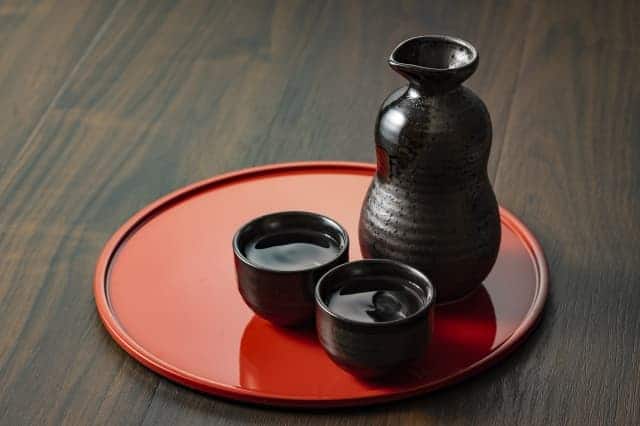
Pure rice sake
So-called “junmaishu”‘s ingredients are rice, malted rice, and water. Although there are no requirements for the rice-polishing ratio, its rice-polishing ratio is usually around 60-70%.
Tokubetsu pure rice sake
Tokubetsu junmai-shu has a rice polishing ratio of 60% or less, or uses 50% or more of a brand of rice that is suitable for making sake, rather than the general brand of rice. This tokubetsu junmai sake is also made with special techniques such as long-term fermentation and special squeezing.
Junmai Ginjo
Junmai Ginjo sake has a rice polishing ratio of 60% or less. By using a brewing method that ferments slowly at a low temperature, you can enjoy a gorgeous fragrance reminiscent of flowers and fruits.
Junmai Daiginjo
Junmai Daiginjo sake uses a rice polishing ratio of 50% or less. Like ginjo sake, it is fermented slowly at a low temperature. The feature of junmai daiginjo is its finely-honed umami. It has the same aroma as ginjo sake, but it also has a strong umami flavor. With these characteristics, it has the well-balance of the aroma and taste.
How to enjoy Junmai sake?
Enjoy in different temperature zones
One of the attractions of junmai sake is that you can enjoy it in temperature ranges. You can drink cold Junmai sake, such as “Suzubie” at 15 to 20 degrees Celsius, “Hanabie” at 10 to 15 degrees Celsius, or at room temperature.
Furthermore, there are also the hot sake ranges from 30 to 35 degrees “Hinatakan”, 35 to 40 degrees “Hitohadakan”, 40 to 45 degrees “Nurukan”, and 45 to 50 degrees.
As junmai sake can be enjoyed in different temperature zones, it is a good idea to taste it in various temperature according to the climate and cuisine. For example, if you want to enjoy the umami of rice, which is the most distinctive feature of junmai sake, we recommend a temperature range from room temperature to lukewarm.
Enjoy with food
Junmai sake goes well not only with Japanese food but you can also try eating Chinese food or Western food while drink junmai-shu too. As we mentioned in the eariler part, you can try to enjoy this type of sake in various temperature rate so base on different places and climate, you can also enjoy different food!
History
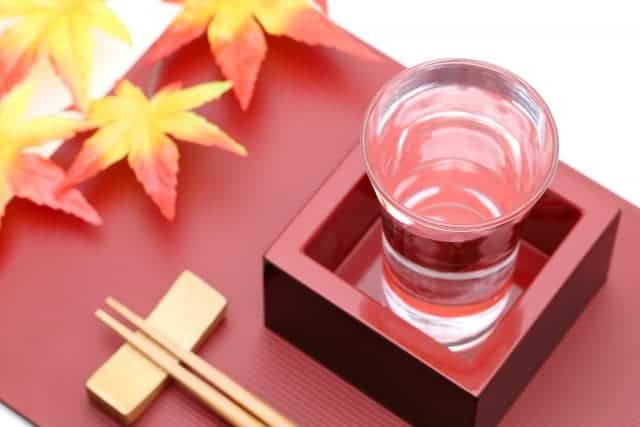
The history of sake is the history of rice culture in Japan
The ingredients of sake are rice, rice koji, and water. Therefore, the history of sake has a deep connection to the introduction of rice farming to Japan.
Generally speaking, rice cultivation is said to have been introduced to Japan during the Yayoi period, which dates back to about 2000 years ago. However, in recent years, there is a theory that rice cultivation already appeared in the late Jomon period (about 2,600 years ago).
In the Yayoi period, rice cultivation spread throughout Japan. According to one theory, rice cultivation spread to the Tohoku region in the middle of the Yayoi period.
From primitive methods, brewing techniques gradually developed, and sake began to be made in earnest to serve the gods and the emperor. During the Nara period, the brewing method using rice malt became popular, and a place called Sake no Tsukasa was established, which was in charge of carrying out systematical sake brewing.
The birth of “specific class name sake”
In 1989, a new system of “specific class name sake” was established by the Liquor Industry Association Law. This has spread to the method of classifying sake.
Depending on the raw materials such as whether or not to add brewer’s alcohol, the rate of rice polishing, and the manufacturing method, there are various types of junmai daiginjo sake, junmai ginjo sake, daiginjo sake, ginjo sake, special junmai sake, junmai sake, and special honjozo sake. It is classified into 8 types of sake and honjozo.
Process to make Junmai sake
The outer layer of brown rice contains proteins, lipids, etc. If there are too many of these ingredients, they affect the taste and aroma of sake. Therefore, they are scraped off by “rice polishing”.
After step 1, wash and soak the polished rice to absorb water.
After that, steam the rice. It is a very important process as the steamed rice affects the quality of sake. Ideally, the rice should be soft and fluffy, with a “hard outer layer and soft inner layer.”
Koji making is one of the most important processes in sake brewing. Sprinkle the koji spores on the surface of the steamed rice, and keep control of the temperature for about two days.
Shubo, also known as moto, grows a large amount of yeast. Depending on the type of yeast, there are those that give off a pleasant aroma, those that give a strong flavor, and those that produce a lot of acid.
To start preparation, add koji, steamed rice, and water to the shubo. In the moromi, continue the saccharification and fermentation progress while maintaining an exquisite balance.
The preparation of fermentation mash of sake requires three-step: Soe (first step), Naka (second step) and Tome (final step).
After pressing the mature moromi, the solid part becomes sake lees and the liquid part becomes sake.
Sake is generally pasteurized under low temperature 60-65 degrees to kill off bacteria after it is filtered and again after the maturation period.
After pasteurization, the sake is placed in a maturing vat to mature. Finally, it is bottled and this completes the product!
FAQ Junmai sake
- How much rice is used in a bottle of junmai sake?
-
A 720ml bottle of junmai sake contains approximately 300 grams of polished rice.
- What are seasonal sake?
-
In Japan, there are precious sake which represents four seasons in a year. The winter sake is “Shinshu”, the spring sake is “Haruzake”, the summer sake is “natsuzake” while the autumn sake has the name ” Hiyaoroshi” and “Akiagari”. As the season changes, the flavors and characteristics of sake also change. That is the distinctive points of seasonal sake!
Restaurants/ Stores
Nurukan Sato (ぬる燗 佐藤)
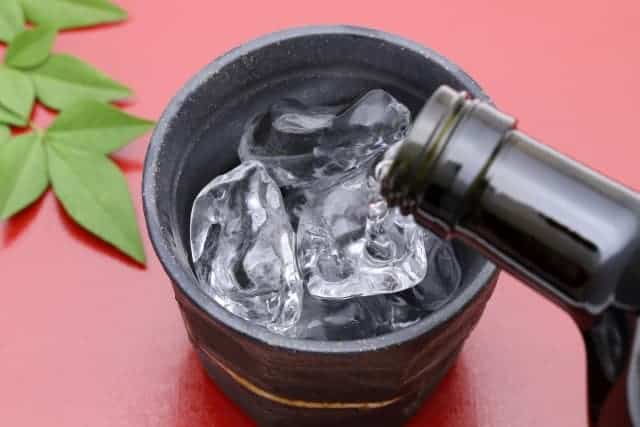
Nurukan Sato is where you can experience the culture and depth of sake. The store near Shimbashi Station has more than 150 types of sake from all over the country, from 47 prefectures from Hokkaido to Okinawa.
There is also a menu called “choi-nomi”, which is served in a small amount of 90ml, so even those who don’t drink sake often can have an opportunity to experience sake!
Nihonshu Labo (日本酒ラボ)
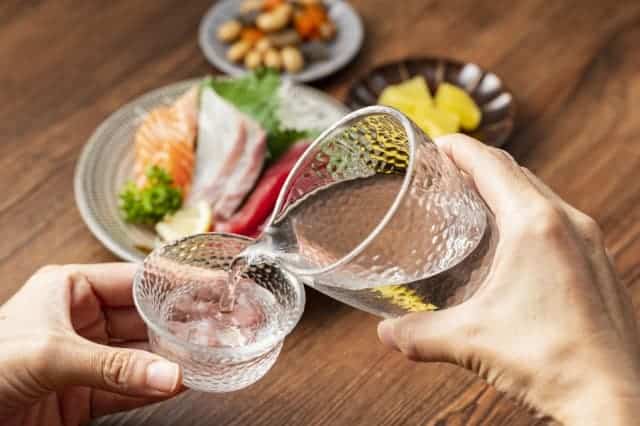
In Nihonshu Labo, there are 80 varieties of sake which are carefully selected by the owner who trained at a long-established liquor store. They are also focusing on maniac and unique alcohol and young breweries. In addition to Japanese sake, you can enjoy all-you-can-drink Sapporo premium beer, shochu and also plum wine.
Sasagin (笹吟)
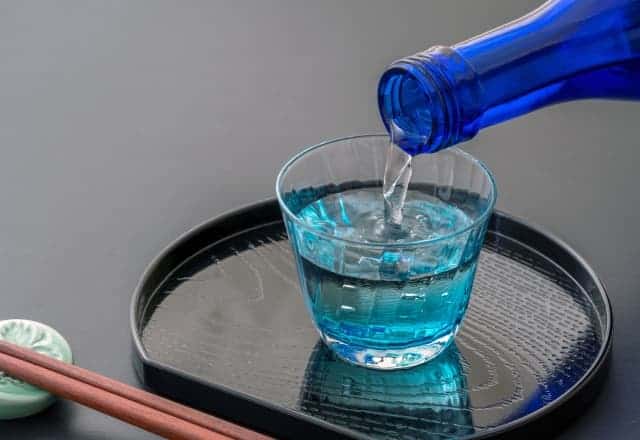
A high-quality sake izakaya located right next to Yoyogi-Uehara Station. The glass-enclosed refrigerator behind the counter is lined with sake and shochu from all over Japan. Apart from sake, you also have a lot of choice of food too, from sashimi, yakimono, agemono, etc. You can take a seat at the counter and have a chat with master who loves sake, or you can take a seat in the tatami room in the back and have a free space to chat with your friends. Some of the menus are in English so it is a really suitable place for foreigners.
For online shopping
If you are living inside of Japan and do not know where to buy the delicious junmai sake, or if you are living abroad and want to try the original Japanese junmai, we recommend you buy online through Rakuten – one of the largest online shopping mall in Japan.
Rakuten also offer International Shipping Service so do not worry about how to receive your items. For further details, see below:
First, you need a Rakuten ID. If you are already a Rakuten member, you can start using Rakuten Global Express.
If you have not registered yet, click here.
After sigining up, you will get a Japanese address: a Rakuten Global Express address.
Now that you get yourself a personal RGX address (Rakuten Global Express address). You can shop online at stores in Japan (not only Rakuten but other online stores are also included).
When you have decided your items, set the delivery address to your Rakuten Global Express address.
After items are shipped to the RGX address, they will be packed into one package. You also receive an email upon confirming these items and payment.
Once the payment is confirmed, your package will be delivered within designated amount of time depend on your shipping choice.
Takeaway
Japanese food culture is amazing not only because of food such as sashimi, ramen, sushi, etc but also drinks like sake. Therefore, sake places a very important role in Japanese culture and daily life. In this article, we have talked about one of the most common type of sake – junmai-shuu (or pure rice sake). If you have a chance, do not miss trying out the taste of it while eating delicious food!
If you are interested in Japanese alcohol, check it out below for more contents!


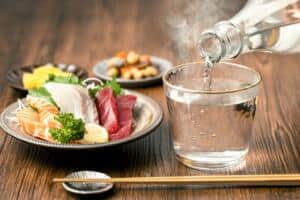

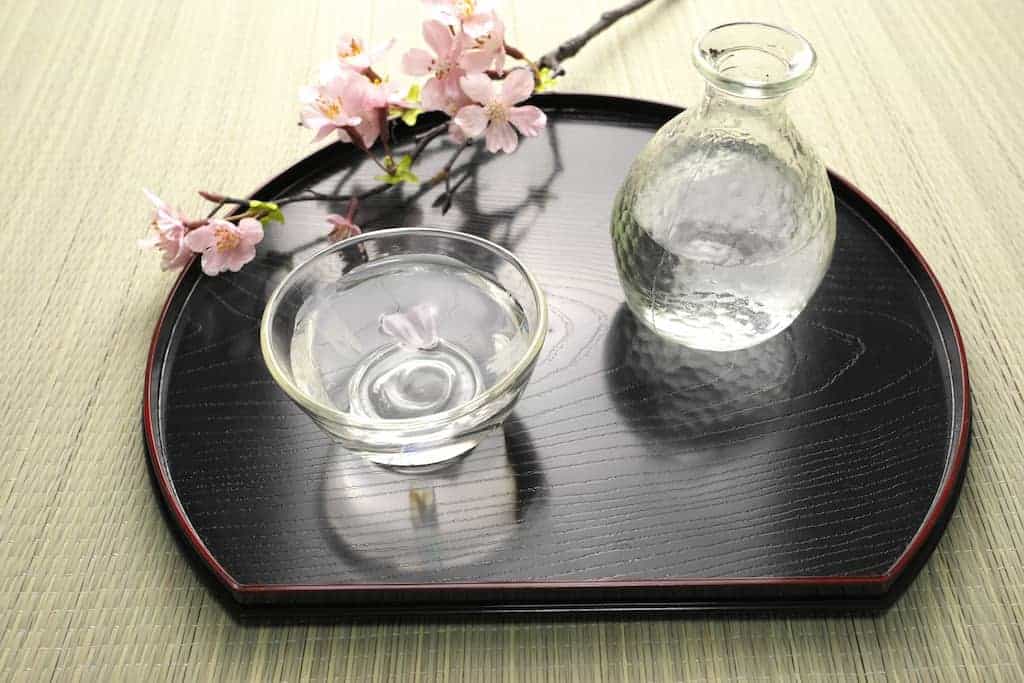
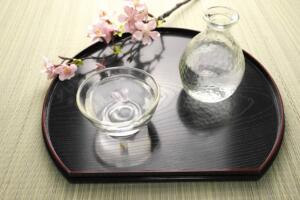
Comments